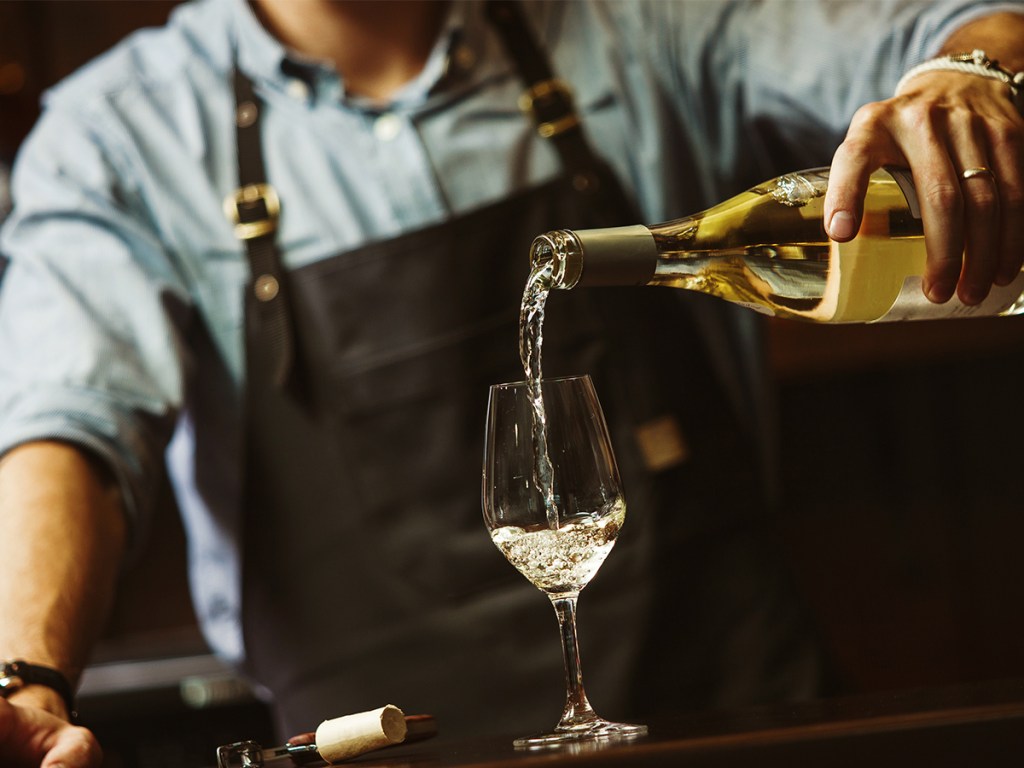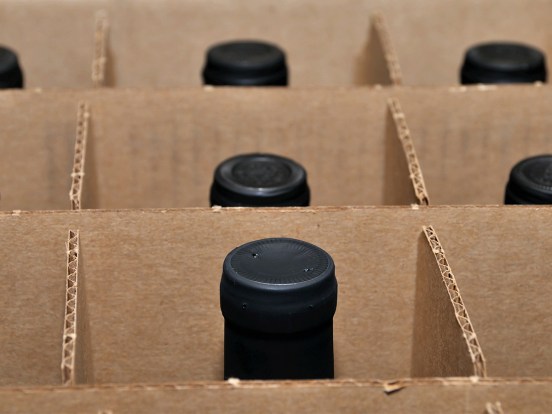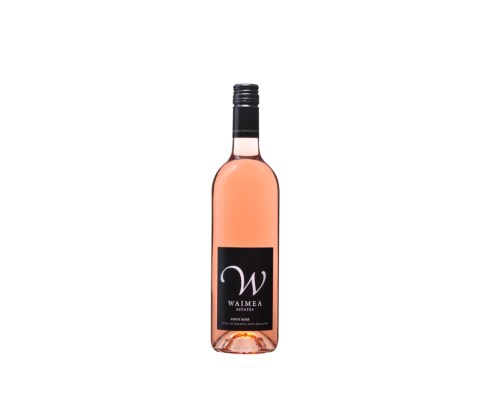For brand managers and innovation leaders in the wine category who like a challenge, the no- and low-alcohol wine sectors represent, respectively, the Everest and K2 of the industry.
On the one side, there is a clear and growing consumer need, and commercial pressure coming from the supply chain to meet that need effectively.
On the other, wine seems to be losing the no and low turf war so far – the beer category has had far more success than wine, especially in the no-alcohol category.
No-and low-alcohol beer currently accounts for the vast majority of the total market for no/low alcohol, according to IWSR data.
However, IWSR forecasts show that across 10 key markets, the no-and low-alcohol category as a whole will grow by 8% volume CAGR (2021-2025), and within this, no-and low-sparkling wine has a similar growth trajectory.
However, it is in still wine where no-and low-alcohol is expected to see a major inflection point over the next few years, with the category expected to grow by a volume CAGR of over 20% (2021-2025), and with category volumes doubling by 2025.
The stakes for wine are particularly high, because the major future growth of no- and low-alcohol in general will be driven by consumers in their 20s and 30s, as these are the consumer segments who have clearly and consistently expressed interest in no alcohol and lower alcohol products in Wine Intelligence and IWSR consumer research in recent years.
According to Wine Intelligence, low- and no-alcohol wine innovators and brand managers will need to consider five things as they evaluate strategies for the no- and low-alcohol wine market:
- Why should consumers choose no- and low-alcohol wine?
Motivations for this category are less about getting the best-tasting product they can get for the occasion, and more about the broader context – are they following some kind of health regimen? Are they driving later? Do they simply want to sleep well and not have a hangover?
The key issue for innovators is to what extent do these functional motivations make up for any perceived loss of desirability and emotional connection. Wine Intelligence says data shows that consumers will make some allowance for a product to be a bit compromised if it is performing another function, but this allowance is actually quite small. So if a product claims to be wine, but with lower or no alcohol, it needs to look like wine, come in a bottle that makes it seem like wine, and taste as close as possible to a wine. - What is the occasion for no- and low-alcohol wine?
The most consistent behaviour at a total beverage alcohol category level is people are substituting low- and no-alcohol alternatives some of the time. In other words, consumers will opt out of full-strength alcohol some of the time, possibly because they need to remain sober for functional reasons (driving a car, working) or lifestyle reasons (controlling calories or alcohol intake) and will drink full strength alcohol at other times.
The other popular behavioural type are people who will switch between no-alcohol, low-alcohol and full-strength alcohol in the same occasion. Their motivations lean more towards a lifestyle need to remain in control and limit total alcohol intake.
Within the wine category, most trial of new no- and low-alcohol wines is currently occurring within the home, suggesting that the entry point for these categories would be an informal occasion and a motivation to substitute. - How do we manage taste expectations?
Wine Intelligence says for years consumer research has shown that taste, and poor perceived quality, are the biggest barriers to purchase for no-alcohol and low-alcohol wine. Even with improving quality, wines with some or all alcohol removed consistently struggle to compensate for the lack of alcohol (and the flavour changes brought about by its removal).
If no- or low-alcohol wine is being deployed in either a substituted way for full strength alcohol and especially in a blended way (lower / no drink, followed by full strength drink, or vice versa), the taste differential needs to be addressed. - How can we demonstrate value?
According to Wine Intelligence, the default assumption of the consuming public across all markets is that they expect to pay either the same or less for wines with low or no alcohol.
Unfortunately this perception does not always square with the costs of creating that product in the first place, because removing alcohol is time-intensive and requires expensive equipment, whose costs currently has to be borne by relatively low production volumes.
The key to squaring this particular circle would appear to come from classic food and beverage brand knowledge: people form judgements based on the look and feel of a product long before they actually taste it. This suggests committing investment to making packaging and shelf standout work as good as – or better – than existing full strength alcohol product, whilst leaving sufficient rational cues in place to make sure that the product is not mistaken for something it isn’t. - How can we convert interest into trial?
The addressable market for no- and low-alcohol wine, defined as people who are actively seeking to reduce their alcohol consumption, stands at around half of all regular wine drinkers across the 17 markets surveyed, says Wine Intelligence.
Awareness levels for the existence of lower and no alcohol wine range from a high of 2/3 of all regular wine drinkers in the UK down to around a quarter (Japan and Spain). However recalled usage levels are tiny – typically around 5-6% of all regular wine drinkers in these markets.
Some retailers are starting to address this challenge by placing no- and low-alcohol wines within the main wine aisle assortment, rather than segregating them into a special section in the retail store. Whilst this may seem counterintuitive – it makes a mission to buy such products harder because it is not specially signposted – the fact that the majority of consumption of no or lower alcohol wine is taking place at “normal” occasions, by people who also drink full strength wine, suggests that the best way to get trial is to make the product as prominent as possible within “normal” shopping missions.
Did you know?
There are six ways you can catch up with The Shout NZ?
Our print magazine – September/October issue out now! Subscribe here.
Online, updated daily with its own unique content and breaking news.
Our weekly newsletter – free to your inbox! Subscribe here.
Our digital magazines – the latest issues are online now.
We are also on Facebook and Instagram!EditBurgerFuel launches craft beer made from surplus bread




